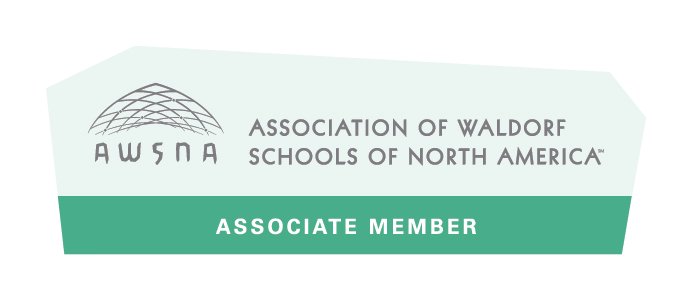By Caitlin Costello, Class One Teacher
Nothing has brought more notoriety to Waldorf schools than the way in which reading is taught in the early grades. Yet it is interesting that no attention is given to how well or poorly Waldorf students read at the other end of their education, when they are in high school and college.
Research, in fact, supports that most Waldorf students become excellent readers, enthusiastic readers, and intelligent readers. The approach to reading is slow, and I hope that you will have a chance to look at the book Seeing, Hearing, Learning by Eugene Schwartz, to see how the health of the child’s eyes is bolstered through such an approach.
On the other hand, the approach is also thorough, rich, artistic, and joyful for first graders. Some of the methods include:
• Movement from the STORY (which is heard), to the PICTURE, to the HIEROGLYPH or IDEOGRAM stage, to the final LETTER. This is one of Waldorf education’s most unique approaches - every time a consonant is learned, the child is recapitulating thousands of years of human progress. By going through the process of letter discovery, the child establishes a far deeper relationship with literacy than one who merely learns to identify the finished product, i.e. reading straight from a book.
• Daily Recitation: Mainstream learning specialists are increasingly urging educators to do more with spoken language as a way to bolster children’s reading abilities; Waldorf schools have been doing that for decades. By reciting and slowly memorizing many examples of beautiful and meaningful poetry, children develop faculties for distinguishing the basic sound combinations (phonemes) that make up our language. Many teachers I’ve spoken with agree that oftentimes children who learn to enunciate well are also better spellers.
This first language arts block introduced half the consonants of the alphabet using a multi-sensory approach. Capital block letters were learned and the children practiced writing the letters using many different materials. In addition to refining our drawing techniques with the block crayons, we continued our work on listening skills, retelling stories from memory, following verbal directions and nonverbal cues for activities.





